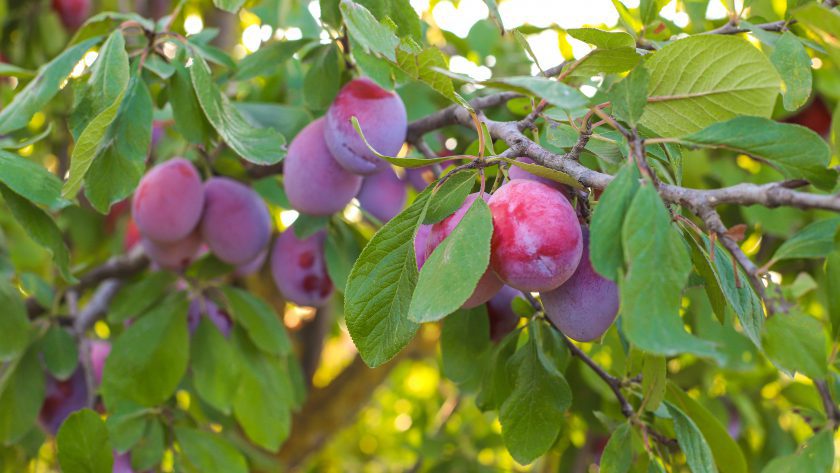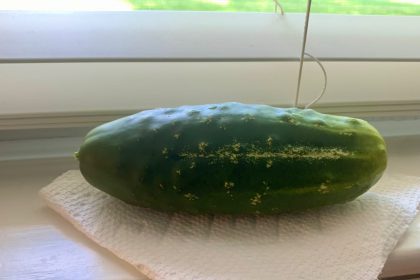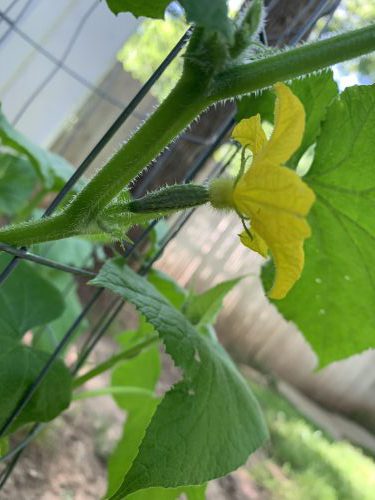When it comes to which fruit tree to grow in Texas, some varieties are generally easier to grow while others may present more challenges due to the state’s diverse climate.
Here are fruit tree to grow options along with some considerations for planting:
- Easier to Grow:
- Fig Trees: Figs are well-suited to the Texas climate, particularly varieties like Celeste, Brown Turkey, and Texas Everbearing. They are drought-tolerant and can thrive in various soil types.
- Pomegranate Trees: Pomegranates, such as the Wonderful variety, can handle the heat and occasional drought conditions in Texas. They require well-drained soil and full sun.
- Moderate Difficulty:
- Citrus Trees: Varieties like satsuma oranges, Meyer lemons, and Mexican limes can be grown in Texas, but they may require protection from hard freezes during the winter. Plant them in well-draining soil with adequate sunlight.
- Peach Trees: Peaches can be grown successfully in Texas, but they can be susceptible to diseases and pests. Choose disease-resistant varieties and provide proper care and maintenance, including regular pruning and pest control.
- Harder to Grow:
- Apple Trees: Apple trees can be more challenging in Texas due to the warm climate, high humidity, and disease pressures. However, some varieties like Anna and Dorsett Golden can be grown successfully in certain parts of the state. Choose disease-resistant varieties, plant them in well-drained soil, and provide proper care.
- Cherry Trees: Cherry trees can struggle in the Texas climate, primarily due to insufficient winter chilling hours. However, some low-chill varieties like the Montmorency tart cherry may have better chances of success. Plant them in well-draining soil and protect them from excessive heat.
When selecting a location for fruit tree planting, consider the following factors:
- Sunlight: Fruit trees generally require at least 6-8 hours of direct sunlight per day, so choose a location with ample sunlight exposure.
- Soil: Ensure the soil is well-drained and fertile. Conduct a soil test to determine its pH and nutrient content and make necessary amendments.
- Frost Protection: If planting less cold-hardy trees, select a planting site that offers some protection from cold winter winds or consider using frost covers during freezing temperatures.
- Spacing: Provide sufficient space between trees to allow for proper growth, air circulation, and maintenance access.
It’s also beneficial to consult with local nurseries, agricultural extension offices, or experienced gardeners in your specific area for advice on selecting the most suitable fruit tree varieties and best practices for planting and care.










